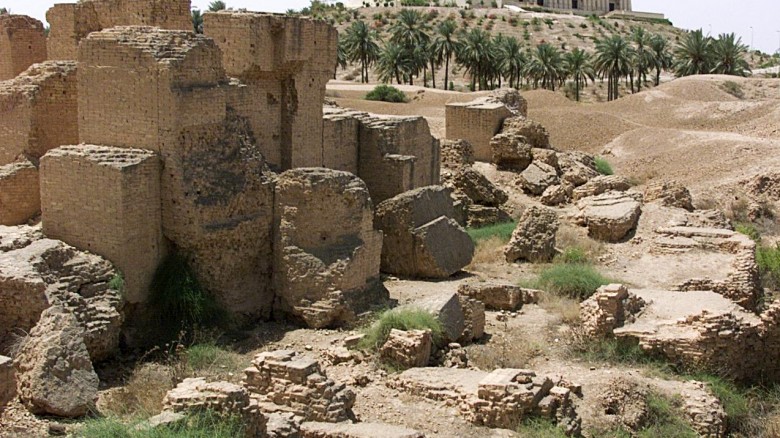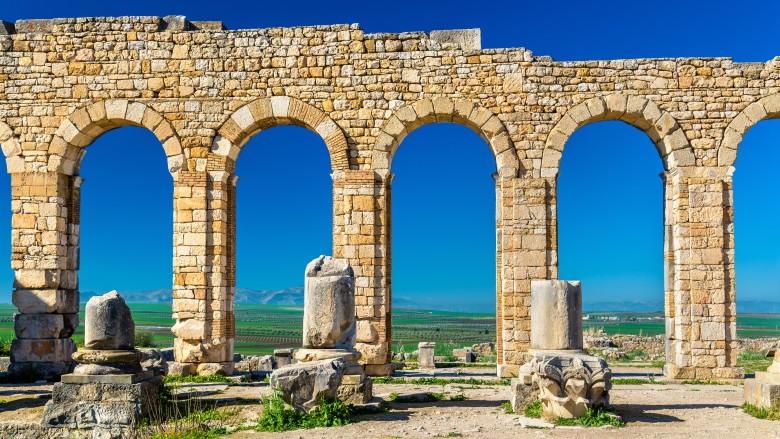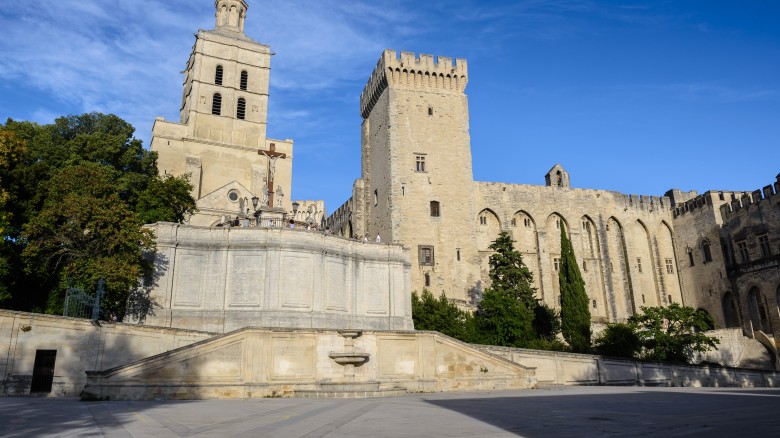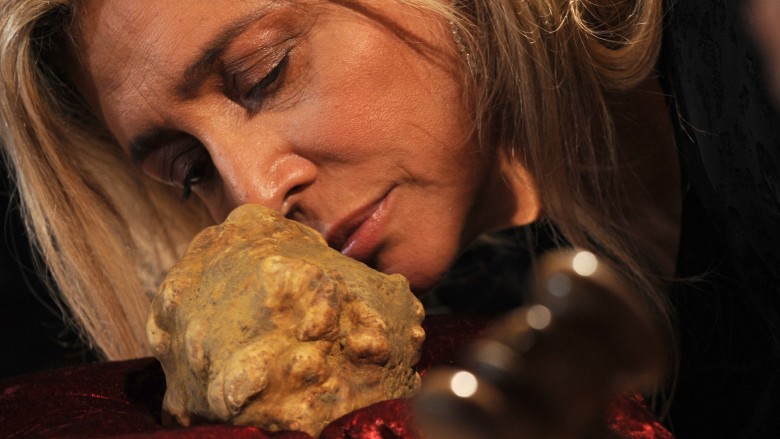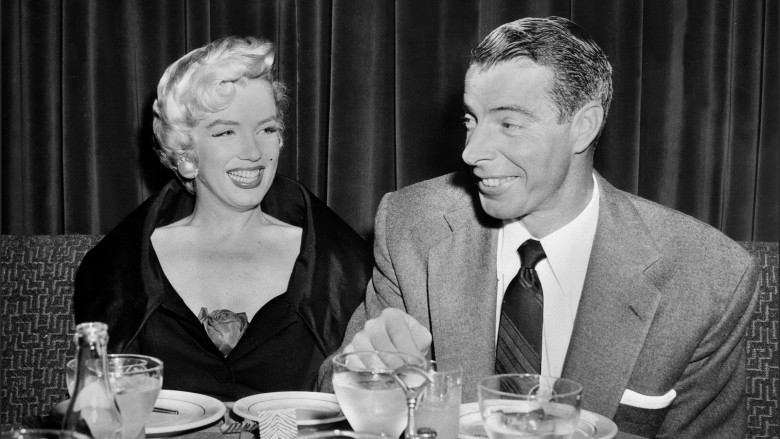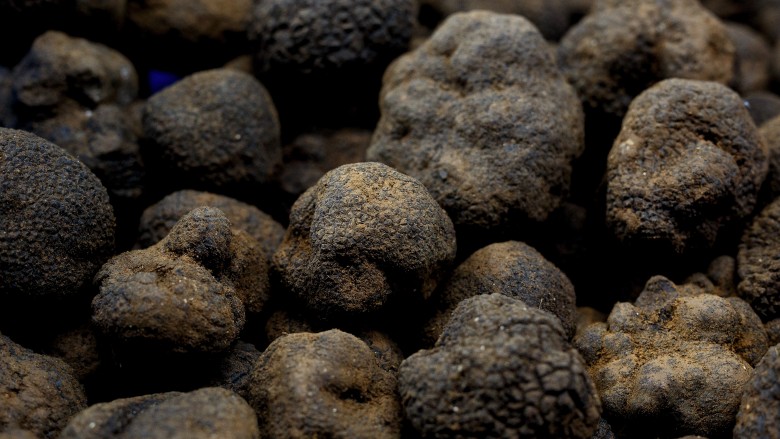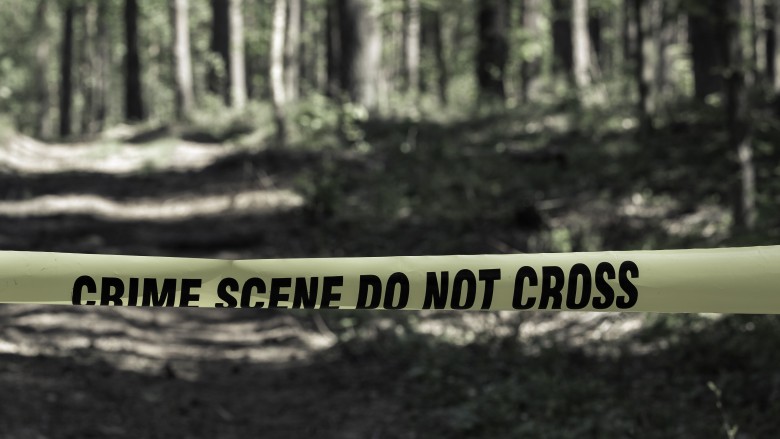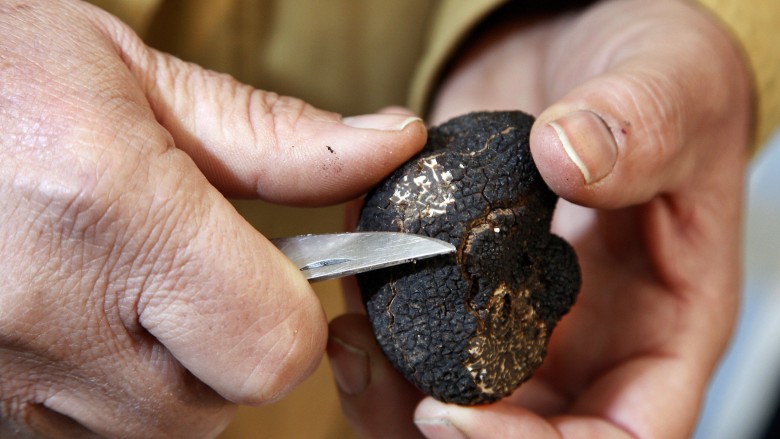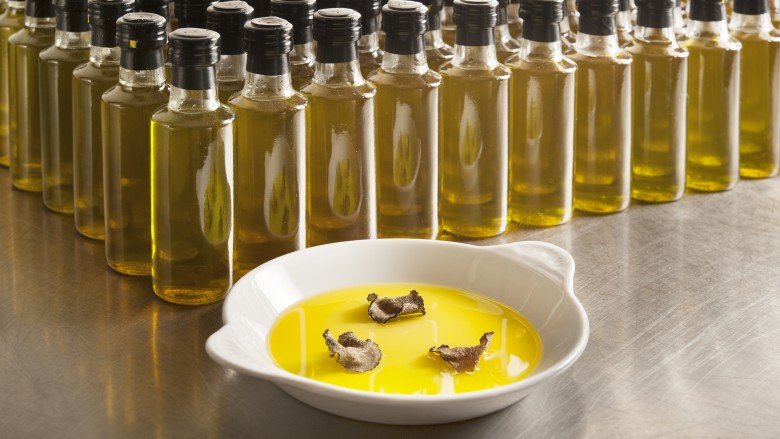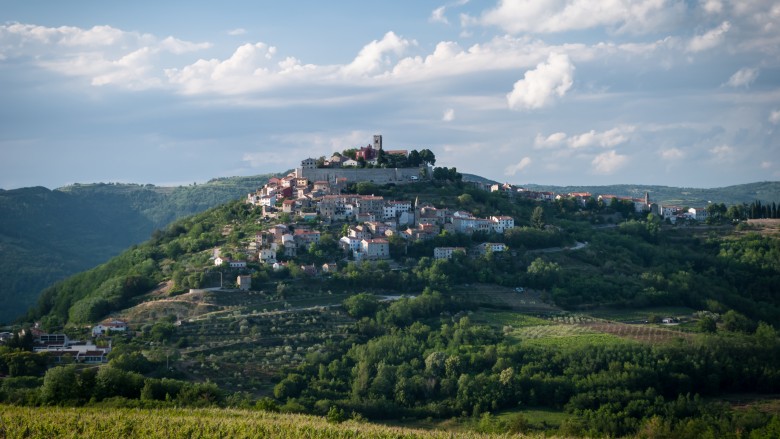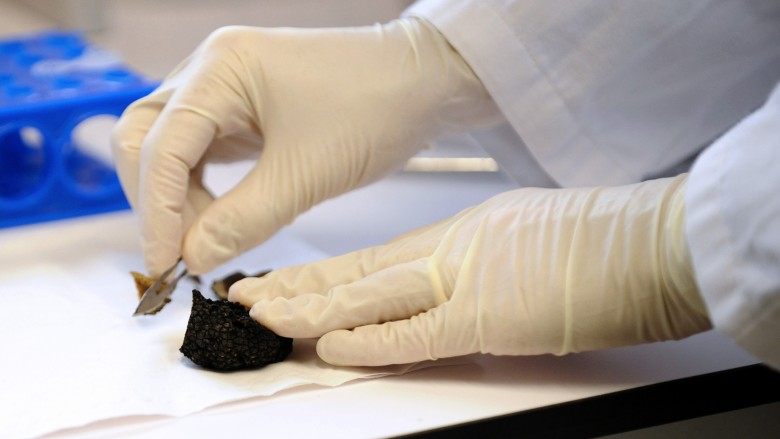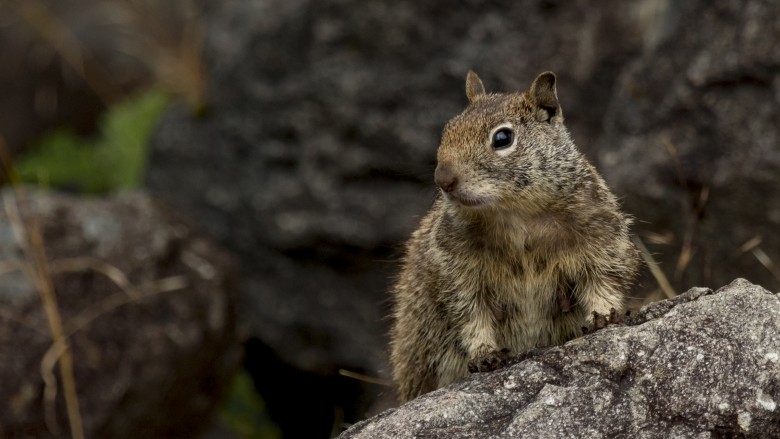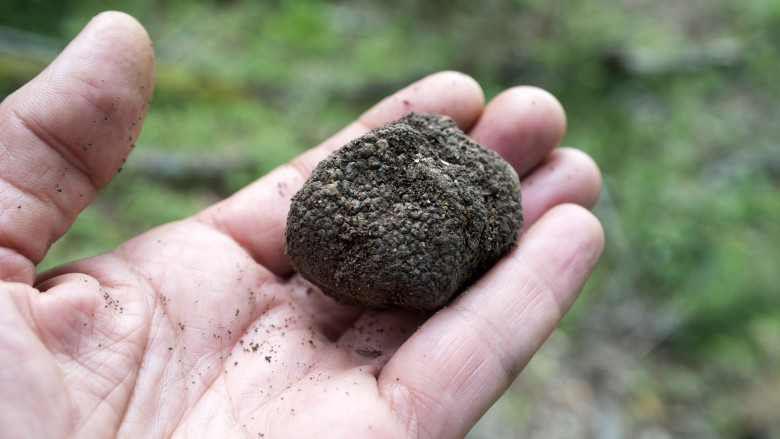The Untold Truth Of Truffles
The truffle has been synonymous with fine dining for a long time, chiefly the winter black truffle of southern France and the winter white truffle found in Italy's Piedmont region. While these are the most famous and sought after, there are many varieties of truffles around the world with varying levels of virtue ascribed to them. For true aficionados, truffles have an almost transcendental quality.
Author Paula Wolfert described her first taste of a black truffle as "like earth and sky and sea. I felt at one with nature, that my mouth was filled with the taste of the earth. There was a ripeness, a naughtiness, something beyond description ... it was utter luxury and earthiness combined." As can be expected of such a vaunted foodstuff, truffles have a complicated history and modern mysteries in abundance.
Filthy truffle-eating savages
The truffle may be a mainstay of haute cuisine today, but the first recorded instance of truffle-eaters had a less glamorous image. The Amorites were a nomadic group of grazers originating in northern Syria who scandalized the settled peoples of Mesopotamia with their lifestyle, including the digging up (and eating) of truffles.
The Amorites eventually settled into a kingdom, but never stopped craving truffles. One clay tablet from the period recorded a minor spat between an Amorite king and the governor of a truffle-producing district, in which the king accused the governor of sending bad truffles and keeping the good ones for himself, and the governor protesting he had simply sent what he had received from the harvesters (who I think were probably the ones hoarding the good stuff).
The truffles eaten by the Amorites were desert truffles, distinct from the European forest truffle but important throughout Middle Eastern history. The 4th century Babylonian Talmud contains passages discussing whether truffles emerged spontaneously from the soil or from the air itself. An 11th century Persian physician recommended them as a panacea for vomiting, weakness and wounds, and a 12thcentury Jewish physician included them in a list of foodstuffs promoting longevity. Today, desert truffles are roasted over evening fires by Bedouins, and served with camel milk in a soup in Saudi Arabia.
The Romans had interesting truffle theories
The Romans adopted the culinary use of the truffle from the mysterious Etruscans, and had no idea where the fungus came from. The first mention of the fungus comes to us from 1st century natural philosopher Pliny the Elder, who believed truffles were a spontaneous agglomeration of elemental earth and backed up his point with an anecdote about a praetorian who bit into a truffle and nearly broke his tooth on a denarius coin hidden within. The philosopher Plutarch of Chaeronea believed the truffle originated from a combination of water and earth hit by a bolt of lightning.
Truffles were well enjoyed by the Roman elite, though the Emperor Marcus Aurelius Antonius took things a little too far by serving truffles with cow's udders, flamingo brains, and cinnamon-flavored peacock tongues. The doctor Galen prescribed truffles for his patients, including several Emperors, because "the truffle is very nourishing, and causes general excitation, conducive to sensual pleasure."
Based on descriptions from ancient sources, it's likely the Romans were familiar with the desert truffle rather than the European forest truffle. Roman truffle recipes had them skewered and grilled in fat, boiled with aromatics and sauces, or wrapped in fat and grilled over a fire, all techniques which would destroy the distinct aromatic qualities of European truffles.
The medieval church was skeptic
The medieval church had problems with the humble truffle for their reputation as an aphrodisiac. Truffles also clashed with the medieval theory of the humors, which held that foodstuffs which grew from the ground were undesirable. Truffles were seen as a food for peasants at best and "witch's fare" at worst. Such attitudes even existed outside the Christian world: in Muslim Spain, truffles were considered the food of the dissolute and thus proscribed from being sold near mosques.
The truffle enjoyed a turn-around during the period of the Avignon papacy, when the black truffle was introduced to papal court banquets and later spread to other elite tables. For the 14th century, white truffles became a important gift exchanged between Italian nobles. This set the stage for a high profile for European truffles which has persisted from the Renaissance to the modern day.
They have an aphrodisciac reputation
We can blame the ancient Greeks for the long-held theories of truffle aphrodisiac qualities, with Aristotle, Pythagoras and other great minds identifying the fungus as a sexual stimulant. Author Alexander Dumas believed truffles "make women more tender and men more lovable," and everyone from Napoleon Bonaparte to the Marquis de Sade consumed them for this reason.
The gastronome Jean Anthelme Brillat-Savarin was convinced, saying "Whoever says truffle, pronounces a great word, which awakens erotic and gourmand ideas both in the sex dressed in petticoats and in the bearded portion of humanity." Sadly, the scientific exploration into the truth of the matter has so far proved inconclusive.
Meet the white truffle king
In the early 20th century, the white truffles of Alba lacked the international reputation of French black truffles. This began to change with efforts of Giacomo Morra, the owner of the Hotel Savona and founder of Tartufi Morra, the first company to commercially market white truffles. In 1949, Morra launched a promotional campaign based on sending the "best truffle of the year" to celebrity athletes, actors and politicians: Rita Hayworth in 1949, President Harry Truman in 1951, Winston Churchill in 1953, Marilyn Monroe and Joe DiMaggio in 1954, Ethiopian emperor Haile Selassie in 1955, President Dwight Eisenhower in 1959, and Pope Paul VI in 1965. Monroe for one was pleased, writing in a letter, "My darling Mr. Morra. I have never tasted anything so tasty and exciting."
The campaign was a clear success, and by the late 1950s hundreds of thousands of boxes of Alba truffles were being exported worldwide to high-end restaurants and legations of the Italian government. In 1945 at the Fiera Nazionale Tartufo Bianco d'Alba, or Alba Truffle Fair, white truffles cost around $3 for two pounds. In 2016, a 4.16 pound white truffle was sold at Sotheby's auction house for $61,250, though they usually run between $1,500 and $2,500 a pound.
Truffle reproduction is tricky
The black truffle is remarkably difficult to cultivate, which contributes to its rarity and expensive price. Researchers have determined the reason for their rarity may just come down to their weird (for a fungus) sex life. Unlike other fungi which can usually reproduce asexually, black truffles reproduce sexually and have two distinct sexualities, which for the sake of argument can be called male and female.
Frustratingly, black truffles are usually found in single-sex colonies. Even an initially mixed colony will end up dominated by one sex or the other. This means opposite-sexed truffle colonies located far apart rely on animals like dogs and pigs and insects to transport their spores between colonies for reproduction. The researchers also determined the maternal truffles are more likely to be found in a symbiotic relationship with oak tree roots, while paternal truffle colonies are more often found in the soil.
Researchers believe paying more attention to maintaining a balance between male and female truffles could help increase production, and conceivably bring down the price.
They've caused crime sprees
In 2010, a shortage of black truffles in southern France led to a wave of related crime: truffle plantation raids, armed robbery of truffle traders, and the theft of truffle trees and truffle hunting dogs. Perhaps the most notorious incident occurred in the village of Grignan in the Rhone Valley when truffle producer Laurent Rambaud shot a man dead with a pump-action shotgun after discovering him on his property stealing his truffles. The victim, Ernest Pardo, had a prior history of truffle thefts. Rambaud claimed he thought the man was armed, though it turned out the intruder was only carrying a truffle trowel. When Rambaud was arrested for murder, local farmers protested against the arrest, referencing the increasing tensions caused by truffle-related crime in the region. Rambaud was ultimately sentenced to eight years in prison for unpremeditated murder.
French federation of truffle producers president Jean-Charles Savignac told the Independent, "This is the first time that anyone has been killed but there have been scores of other incidents when there have been scuffles or shots fired in the air. Maybe now, the authorities will start to take this problem more seriously."
Similar situations have been reported in truffle-producing regions of Italy, particularly the kidnapping of truffle-hunting dogs which can take up to four years to train. In one incident, a trained truffle dog was stolen and only returned after a ransom of one million Italian lire had been paid.
There are Chinese knock-offs
The black truffles of France bear an unfortunate resemblance to cheap tuber indicum truffles found in China and the Himalayan foothills, except that the latter lack the aromatic qualities which make the former so prized. Perigord truffles or "black diamonds" are worth €500 ($767) per kilo, while the Chinese cousins are worth only €30 ($46) a kilo.
Whilethe Chinese truffle is perfectly respectable for use as a wild mushroom, the unscrupulous have been using a variety of techniques to pass them off as French truffles. Some farmers have been known to buy Chinese imported truffles, rub them in mud and mixed them in with Perigord truffles, while some chefs take Chinese truffles and spray them with aromatic scents to pass them off as the real thing to hapless customers. In 2012, France's national consumer fraud body discovered between 10 percent to 15 percent of so-called Perigord truffles on the market were Chinese imports, and some French truffle cultivators have called for the imports to be declared an "exotic invasive species."
Fake truffle oil is a thing, too
In the 1990s, chefs started using so-called truffle oil in their recipes, advertising the presence of truffle on their menus with pride. Trouble was, much of the truffle oil used didn't originate from the soil but from the lab. These products were usually the product of mixing olive oil with the organic chemical 2,4-dithiapentane, which is only the most prominent of many aromatic compounds which give truffles their distinct flavor. Many chefs either had no idea the truffle oil they were using was a chemical fake, or were happy to lie to their customers.
While fake truffle oil was temptingly cheap and convenient, it had the downside of having only a superficial, one-note resemblance to real truffles. This caused some to insist they didn't like truffles, often due to the fact they had never had the real deal. In the words of Serious Eats' Ed Levine, "Comparing truffle oil to real truffles is like comparing sniffing dirty underwear to having sex." By the early 21st century, the tide had turned against fake truffle oil, notably in 2011 when Gordon Ramsey lambasted a Master Chef contestant who put it on eggs, calling it "one of the most pungent, ridiculous ingredients ever known to chef. I can't believe you've just done that. I think you just put your apron up in flames."
The growing Croatian truffle market
While the French black truffles of Perigord and the Italian white truffles of Alba get the most press, the Istrian region of Croatia has its own truffle bonanza, with less pretension and more reasonable prices. While the truffles have been gathered in the Croatian oak forests for centuries, for a long time they had a low profile for an ingenious reason: it was considered more profitable to smuggle Croatian truffles across the border into Italian Piedmont and sell them as the more prestigious Alba truffles.
However, the word has started to spread and the locals have begun to appreciate the virtue in keeping the truffles at home to satisfy a growing tourist market. In 1999, a Croatian truffle made its way into the Guinness Book of Records as the largest truffle recorded (at the time), weighing in at 1.31 kilos. Its discoverer, Giancarlo Zigante, named the truffle 'Millenium', had a duplicate cast in bronze, and then served the original in a dinner for 100 guests. Zigante is today considered the truffle king of Istria and is convinced Croatian white truffles are superior to their Italian cousins.
The mystery of the aroma
The smell of good truffles has been historically hard to describe, with comparisons ranging from mold to sweet body odor to sulphurous garlic. The fact is, it isn't really the fungus itself that is all that tasty, but rather the gas it gives off, part of which is produced by the fungi themselves and part of which is produced by bacteria and microbes living within. One major component is the molecule androstenone, described as having an aroma somewhere between sandalwood, vanilla and urine. Androstenone is also produced by randy male pigs, which is why female pigs make such good truffle hunters.
While most truffle scent elements are generated by both the fungus and their microbe colonizers, such as sulphurous Dimethyl sulphide, chocolate-and-whiskey-like 3-methyl-1-butanol and grassy hexanal, some rarer elements may be purely the product of bacteria. To truly determine how much of the truffle's attractive stink is innate and how much originates from bacteria would require researchers to raise microbe-free truffles in laboratory conditions. Sadly, this is currently beyond the capabilities of modern science.
Oregon truffles are actually pretty good
European truffle aficionados are a bit bewildered by Oregon truffles, which have a distinct flavor ranging from meaty to mango. Author of Curious Cook Harold McGee described the experience of eating Oregon truffles for the first time as akin to "tasting your first banana, a fruit from far away, designed to attract strange creatures." Oregon, which shares similar climatic conditions to southern France, produces both black and white truffles at around 10-20 percent of the price of European truffles.
Sadly, the widespread adoption of Oregon truffles have been stymied by several factors: the differing taste profile and handling procedures can be difficult to chefs unfamiliar with them, and the inherent secrecy of the truffle industry has made it hard to get the word out. Worse, we also have to compete for the truffles with a fierce rival: squirrels. On the other hand, in blind tastings Oregon truffles are often preferred by chefs to their European counterparts, which suggests there is serious scope for expansion in the future.
Tennessee truffles are coming along
In 1999, mushroom hunter Tom Michaels began to try his hand at cultivating Perigord black truffles in eastern Tennessee, a risky venture given the six to ten years it takes go from initial spore inoculation to the production of saleable truffles and the fact that multiple expensive attempts to cultivate truffles in the United States had floundered since the 1970s. However by 2007, Michaels had his first success. He described the moment to GQ magazine: "I was blowing leaves, doing orchard maintenance, and I almost stepped on a little blister in the ground. It was roundish, black, sitting at the surface. I had looked at my trees, didn't think they were doing so well. I figured, 'Wait until next year.' This was under my foot. I almost crushed it. It was epiphany. It was eureka. And I almost crushed it."
Michaels sold the fruits of his experiment to local chefs and soon joined forces with Blackberry Farm's restaurants to exploit the truffles, even importing a trained truffle dog from Italy to help with the project. While the yield of Tennessee truffles varies according to the weather conditions each year, the American truffle hunters have an advantage over importers of French truffles: they don't have to worry about the adulterating presence of musk truffles, an inferior cousin of Tuber melanosporum often mixed in with true Perigords to make a few extra bucks.
Oprah's weird truffle obsession
Oprah Winfrey has an intense relationship with the truffle. She often carries white truffles into restaurants and requests the chef shave them onto her meals, demands hotels she stays in supply truffle salt, and makes sure her assistants and bodyguards keep a jar on hand in case of emergencies. Her first cookbook, Food, Health, and Happiness featured eight truffle recipes, from tortelloni to vinaigrette to popcorn. Her obsession began when Lisa Marie Presley sent her a Christmas basket with truffle salt in 2008, and she hasn't looked back.
Oprah has no qualms using truffles in whatever dish she wants to, regardless of whether it makes sense from a traditional culinary viewpoint. In 2012, she wrote in O magazine "How do I love truffle butter? Let me count the ways. On a baked potato, on grilled steak, on a sourdough baguette. The truffle salt turns scrambled eggs, popcorn, even plain old cottage cheese into a major thrill." In 2014, she even went truffle hunting herself in Italy's Umbria region, where she scored nearly a pound of white truffles herself with the help of Italian truffle hunters and their loyal hounds.
In her own words, "Here's my theory: Anything that's delicious without truffle is even better with it. (My trick: Start with the zest, then salt if you need it.) In my bag at this moment, you'll find my wallet, my keys, and my truffle zest. That's right—I don't go anywhere without it."
Sounds plausible enough. Now, can I use The Secret to make some appear, or do I need to be rich first?

